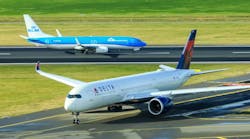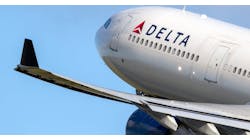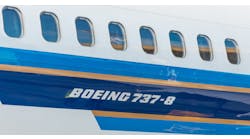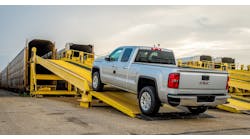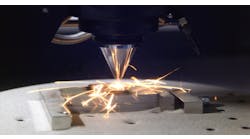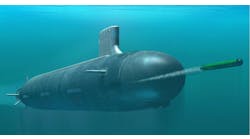Rolls-Royce Corp. in Indianapolis has drawn a new U.S. Navy contract worth $167.4 million for production of 40 MT7 turboshaft engines – the power unit for the Navy’s Ship-to-Shore Connector (LCAC 100) landing craft.
In addition to manufacturing and supplying the engines, the order covers ancillary parts, installation kits, and a portable test tool inspection service. If the Navy exercises all the options provided, the contract would be completed by December 2028.
The LCAC 100 is a hovercraft used for rapid deployments, logistical support, and vehicle transfer, updating an earlier landing craft vessel. In November 2024 the Navy assigned a new contract worth $394.2 million to Textron Inc. for nine LCAC 100 vessels.
Each hovercraft is powered by four Rolls-Royce MT7 marine gas turbofan engines, each engine capable of delivering 6,000 HP, with top speeds of 58 mph (50 kn; 93 km/h.) According to the manufacturer, the MT7 gas turbine is a compact design with a core architecture in common with the aero engine powering the V-22 Osprey tilt-rotor aircraft. It provides high-power density, fuel efficiency, and performance retention – which equates to flexibility for the hovercraft designers and builders in regard to propulsion system layout.
Rolls-Royce Corp. is the group’s largest engineering and manufacturing location in the world, producing propulsion systems for defense and civilian aircraft, helicopters, and marine engines. The Indianapolis base also tests engines for a range of products, and performs modernization projects for equipment and technology.
The Pentagon noted that the contract was not competitively procured, explaining that Rolls-Royce Corp. “is only responsible source, and no other type of property or services will satisfy the need of the agency.”

